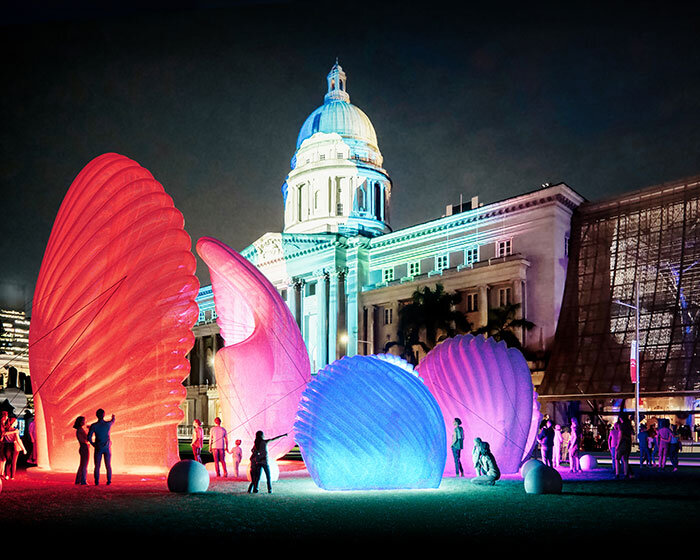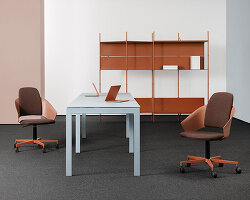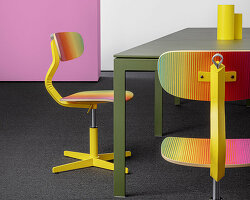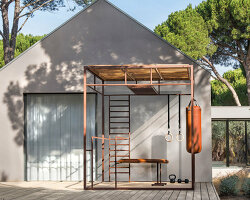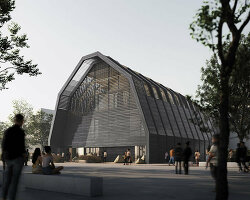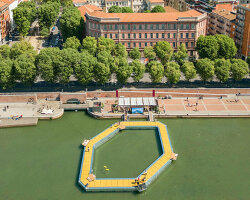KEEP UP WITH OUR DAILY AND WEEKLY NEWSLETTERS
happening now! ahead of the event running from january 17 – 26, Singapore Art Week 2025 reveals the 130 events set to transform the island into a dynamic stage for creativity, collaboration, and community engagement.
material-wise, the design team uses CNC micro-machined stainless steel for the case with a military-grade ceramic coating.
connections: +460
explore designboom's top 10 design products of 2024 submitted by our readers.
the removable four-toed ‘gloves’ of the superfinger superstar can also be used as bags or be attached to other shoes.
by upcycling mass-produced furniture, YET architecture and BDM architects blurs the lines between standardization and personalization.
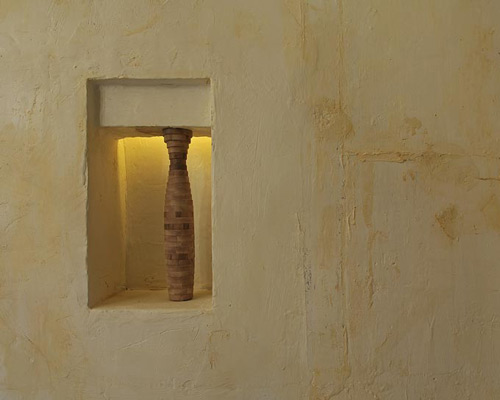
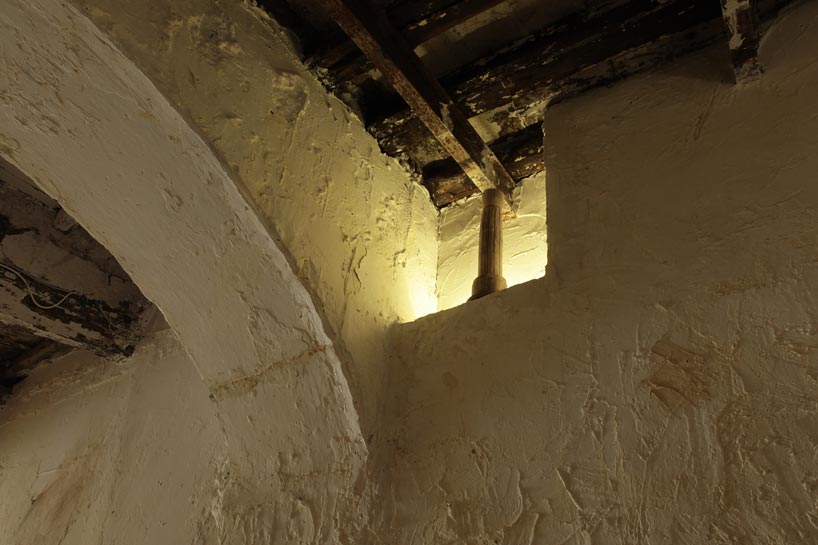 photo by federico ridolfi
photo by federico ridolfi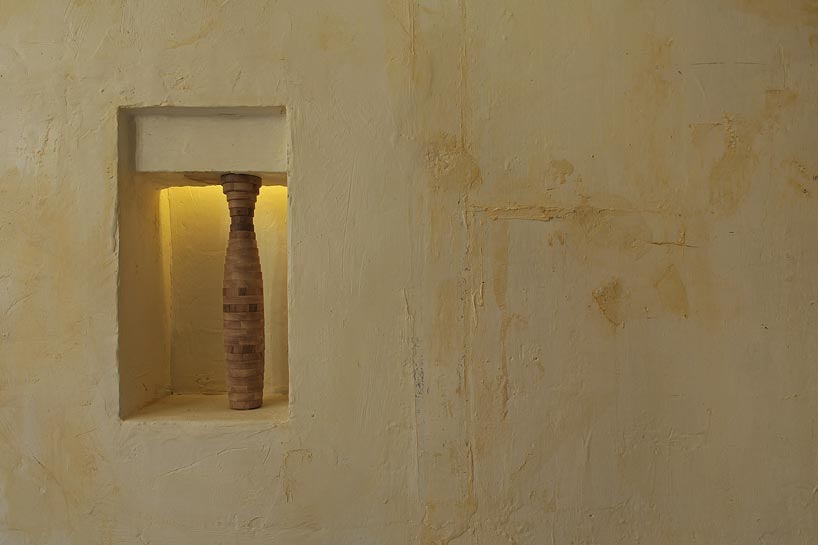 photo by federico ridolfi
photo by federico ridolfi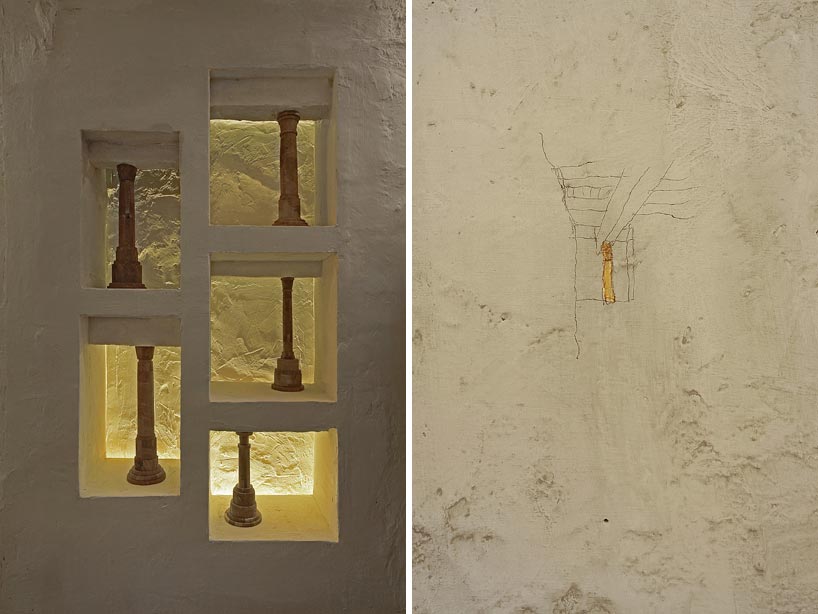 photo by federico ridolfi
photo by federico ridolfi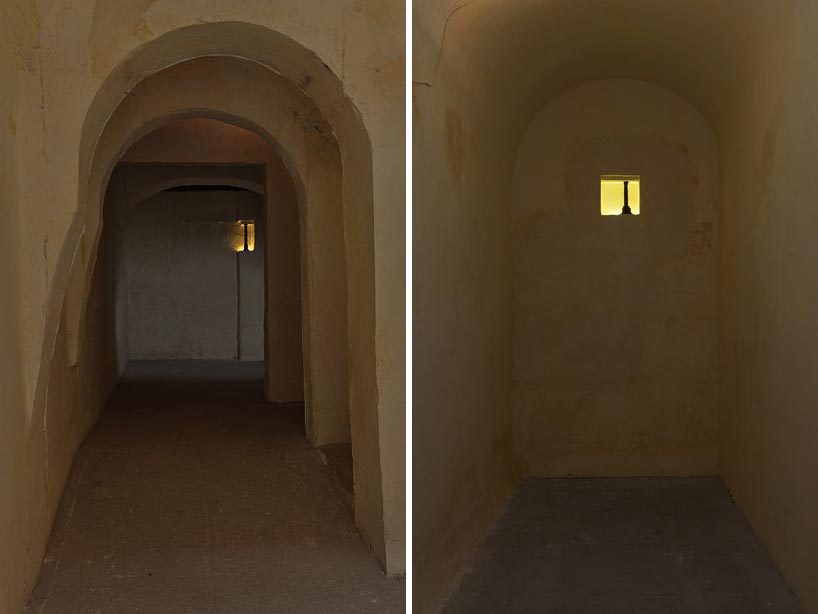 photo by federico ridolfi
photo by federico ridolfi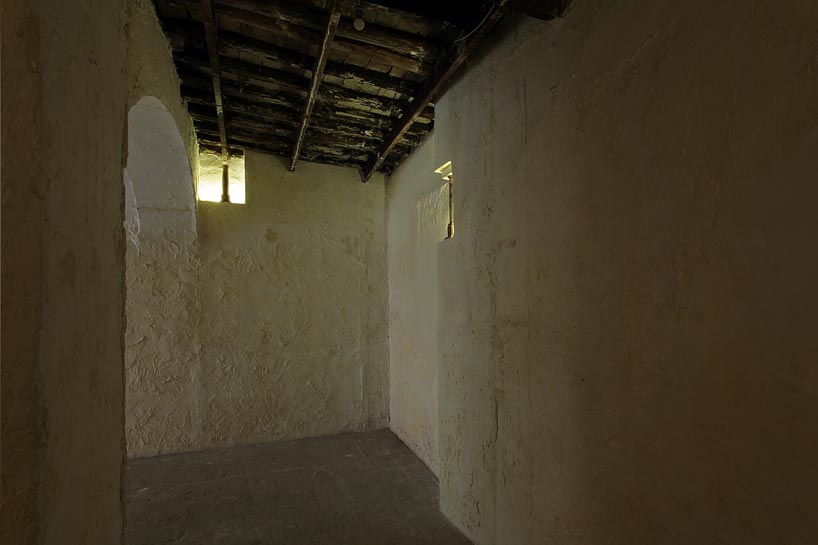 photo by federico ridolfi
photo by federico ridolfi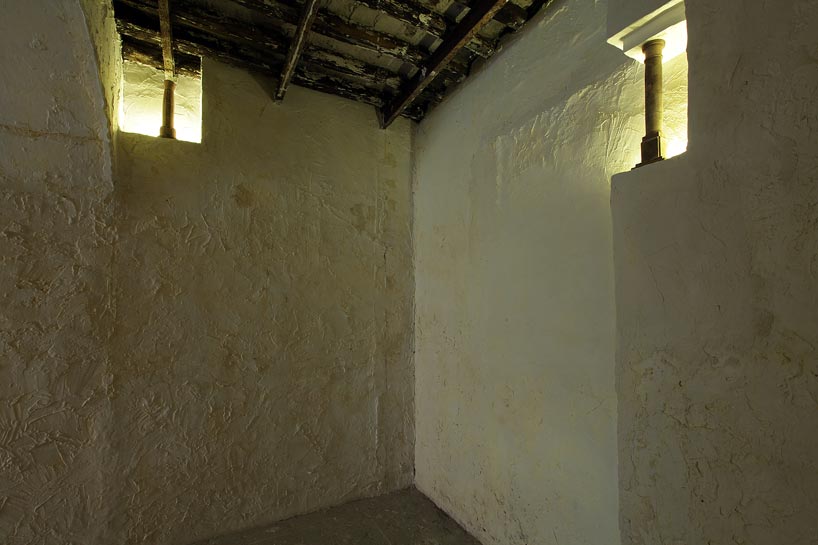 photo by federico ridolfi
photo by federico ridolfi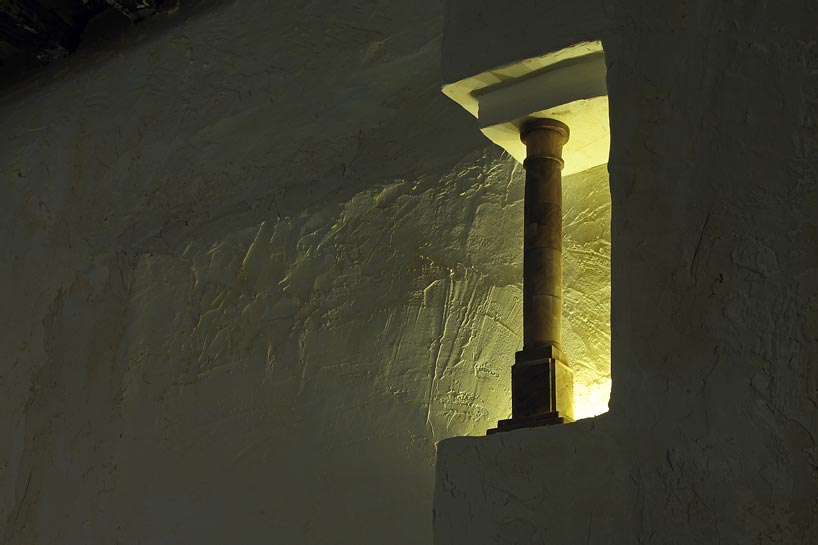 photo by federico ridolfi
photo by federico ridolfi photo by federico ridolfi
photo by federico ridolfi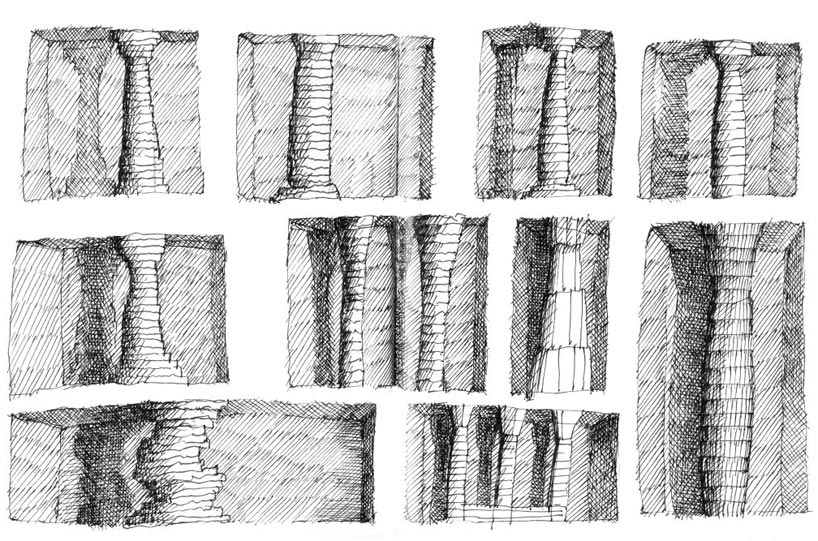 michele de lucchi, colonneink on paper, 2012drawing in the ‘black quadernino 2012’courtesy of fondazione VOLUME!
michele de lucchi, colonneink on paper, 2012drawing in the ‘black quadernino 2012’courtesy of fondazione VOLUME!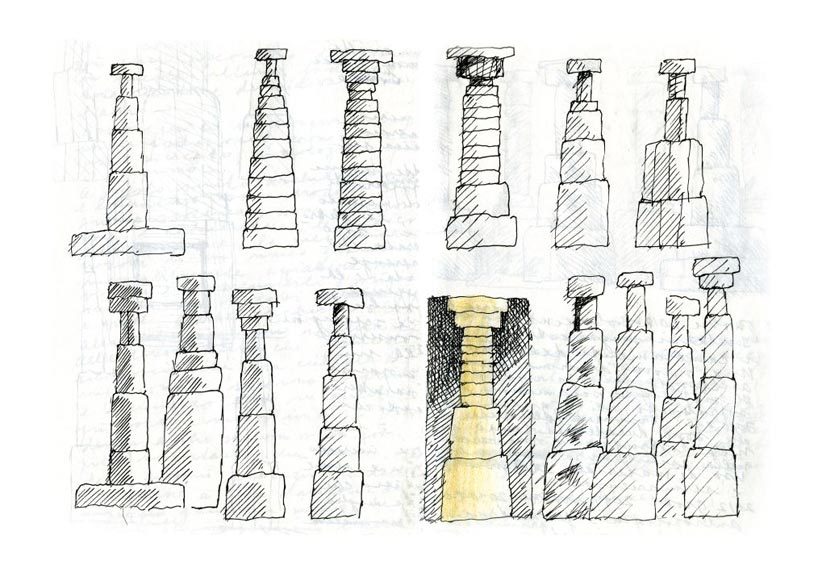 michele de lucchi, colonneink and colored pencil on paper, 2012drawing in the ‘black quadernino 2012’courtesy of fondazione VOLUME!
michele de lucchi, colonneink and colored pencil on paper, 2012drawing in the ‘black quadernino 2012’courtesy of fondazione VOLUME!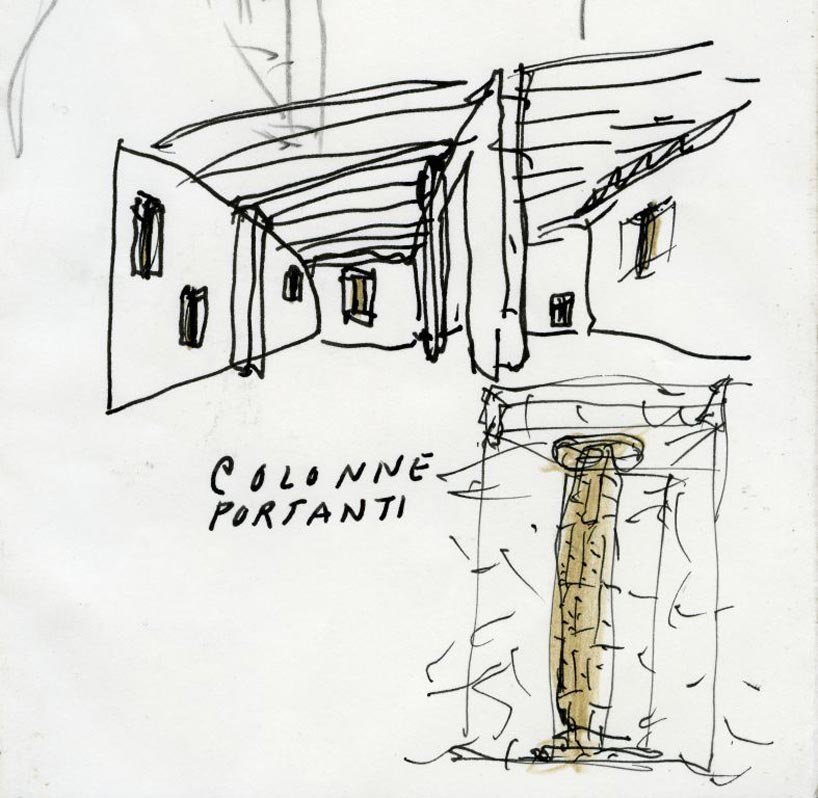 michele de lucchi, preparation of the exhibition ‘pillars’, fondazione VOLUME!, Rome, 2012ink and colored pencil on paper, 2012courtesy of fondazione VOLUME!
michele de lucchi, preparation of the exhibition ‘pillars’, fondazione VOLUME!, Rome, 2012ink and colored pencil on paper, 2012courtesy of fondazione VOLUME!
